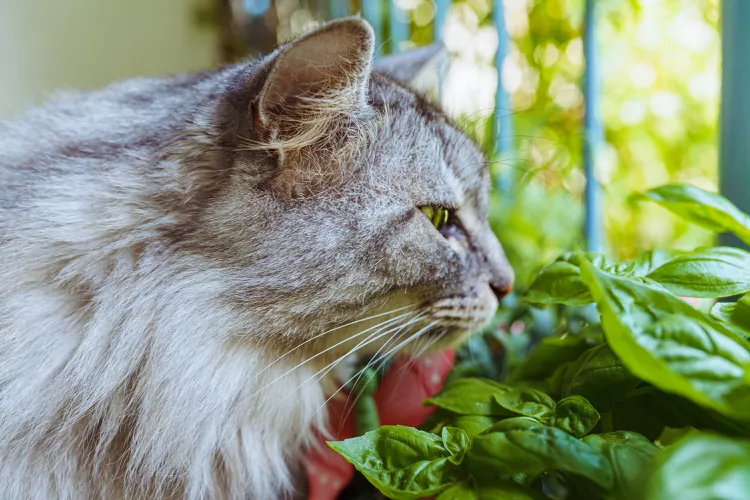
Basil is one of the more commonly used and grown herbs in American homes. It’s used not just in a variety of dishes but also has a history of use in traditional Eastern medicinal practices. It also is relatively easy to grow, either in an outdoor garden or inside a home in a pot or container. If you do choose to grow basil indoors, or even outside, you may wonder if your cat can eat basil. Is it healthy for them? Is it even safe?
Basil has a sweet and pungent aroma and flavor. The smell alone can intrigue your cat enough to try a piece or two. According to the ASPCA, basil is not toxic to cats.
Basil is actually the common name for Ocimum Basilium and is an herb belonging to the Lamiaceae family. Commonly known as the mint family, this family of plants also includes catnip, lavender, sage, rosemary, oregano, lemon balm, and, obviously, mint. It should be noted that in most Western dishes, the term "basil" is commonly used to refer to sweet basil, also called Genovese basil.
While there are a large number of varieties of basil species (upwards of 60), they all belong to the Lamiaceae family. You may also see basil listed as Tulsi (in Ayurvedic medicine) or St. Joseph’s Wort. There is also an herb commonly called St. John’s Wort, but it should be noted that this is a different plant entirely, Hypericum perforatum, and belongs to a completely different family of plants (the family Hypericaceae).
Basil contains vitamin A, vitamin K, iron, manganese, and calcium and is low in calories. It has been studied in humans for use in maintaining stable blood glucose levels, boosting the immune system, reducing stress and anxiety, and aiding in memory, but evidence for any of these claims is poor.
Could basil have similar effects in cats, though? It should be noted that cats are obligate carnivores, requiring animal protein in their daily diet. People, even self-proclaimed "carnivores," are actually omnivorous. So our digestion works differently than a cat’s digestion. Cats may not digest basil the same way you or I would. This means that your cat may not be able to absorb the vitamins and minerals present in basil the same way humans can.
Although basil isn’t outright toxic to cats, there are things you should be aware of before feeding it to your kitty. Again, cats are obligate carnivores, requiring the taurine from animal protein in their diet because they can’t synthesize it on their own. This means that cats don’t necessarily require as many plants or vegetables in their diet.
A little nibble on a basil leaf here or there probably won’t skew your cat’s daily nutrition that much, but too much basil can lead to an imbalance in their nutrition. If your cat eats too much basil, that can also lead to gastrointestinal upset, including vomiting and diarrhea. In rare cases, a cat may actually be allergic to basil and this can manifest as vomiting but it can also lead to hives, swelling, or even difficulty breathing. Basil essential oil is high in synthetic phenols, which can lead to liver damage, so its use should be avoided in cats.
Since basil is non-toxic to cats, there’s really no one variety a cat can and cannot eat. Fresh basil will have a less potent and pungent flavor and aroma than dried basil. The vitamins and minerals will also be present in smaller concentrations in fresh basil than in dried basil. So while it hasn’t been researched, it’s possible that a cat’s daily nutrient balance may skew more quickly with large amounts of dried basil versus fresh basil.
So, while it is safe for your cat to take an investigatory nibble on a basil leaf, it’s probably best to avoid sharing this plant with your cat on a regular basis.

Exploring the Different Types of Pet-Friendly Beaches
Are you looking for pet-friendly beaches? Learn about the different types of pet-friendly beaches, their locations, and tips for visiting them with your pet.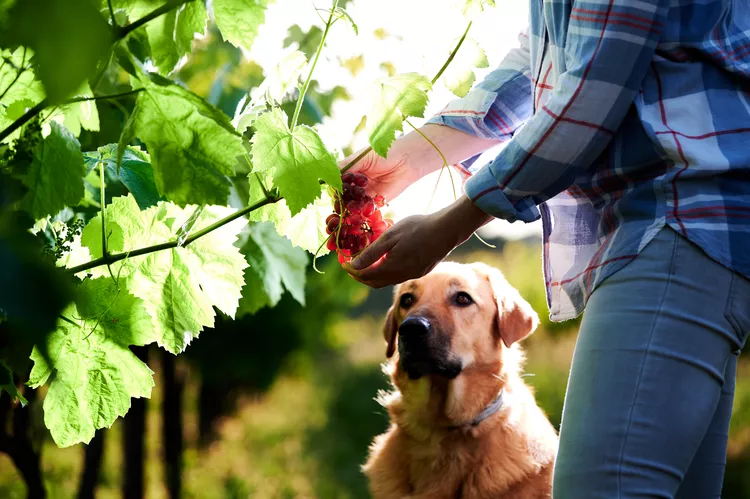
Exploring Pet-Friendly Wineries: Types, Locations, and More
Discover the different types of pet-friendly wineries, where to find them, and what to expect when you visit. Learn more with The Spruce Pets.
Why Is My Dog’s Eye Swollen?
If your dog's eye is swollen, she may need veterinary attention. The inflammation could be caused by allergies, an injury, or even a tumor.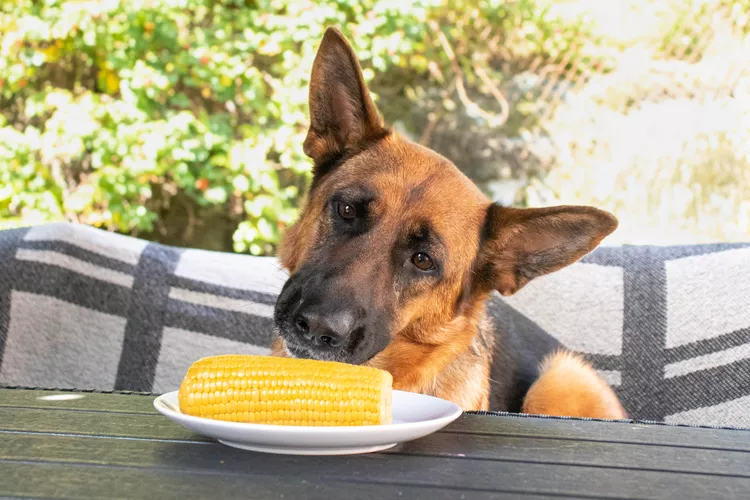
Can Dogs Eat Corn on the Cob?
Dogs love chewing on corn cobs, but this can cause serious harm. Learn about the dangers of corn cobs and find out what to do if your dog eats one.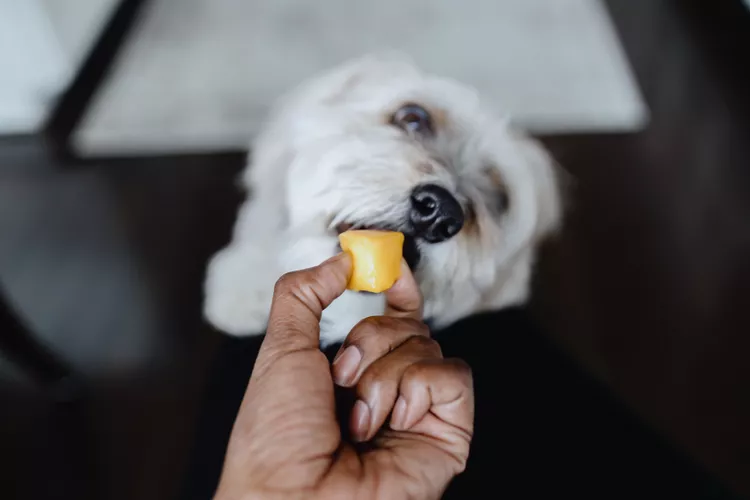
Can Dogs Eat Papaya? What to Know About Sharing This Tropical Fruit With Your Pup
Papaya is safe for dogs in moderation, and it can even provide some nutritional value for them. However, too much can cause digestive upset, and it's not suitable to share with dogs with certain health conditions.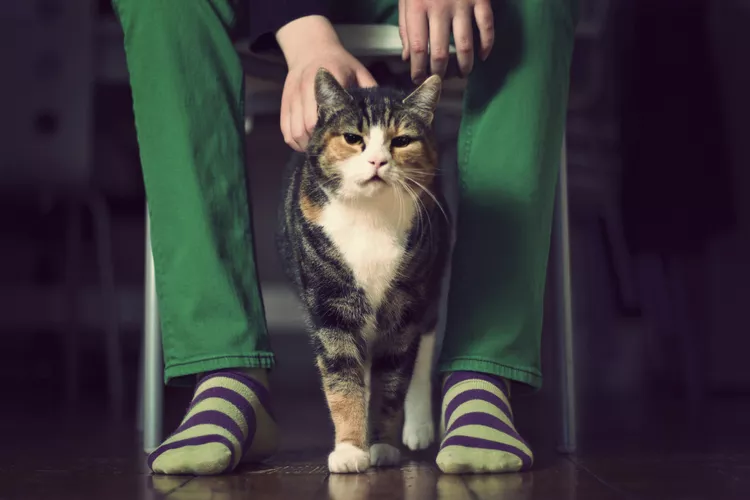
65 Irish Cat Names
Irish cat names can pay homage to historical places, local cuisine, famous Irish actors and musicians, or other wonderful aspects of the Emerald Isle.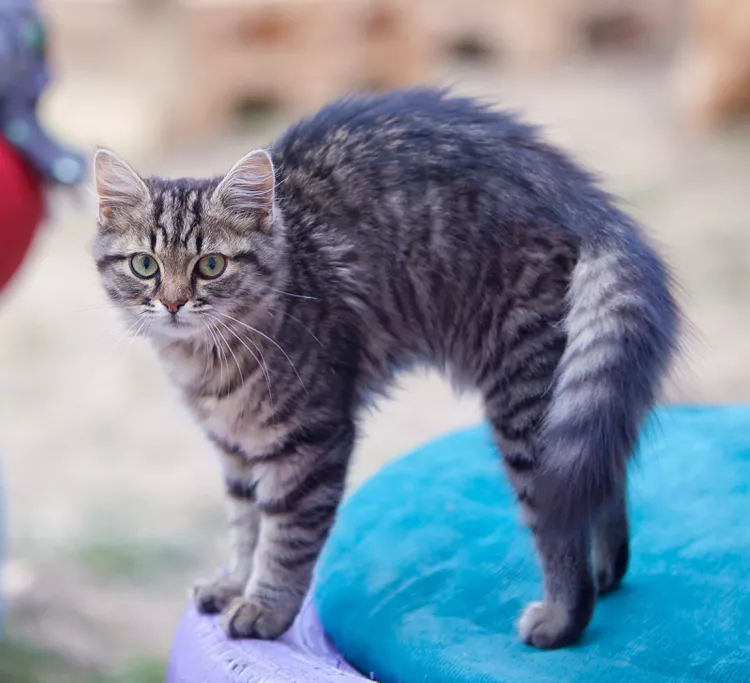
Feline Hyperesthesia Syndrome (FHS) in Cats
Rippling skin is more than dermal sensitivity in cats. It can be a sign of Feline Hyperesthesia Syndrome. Learn the causes, treatment, and prevention.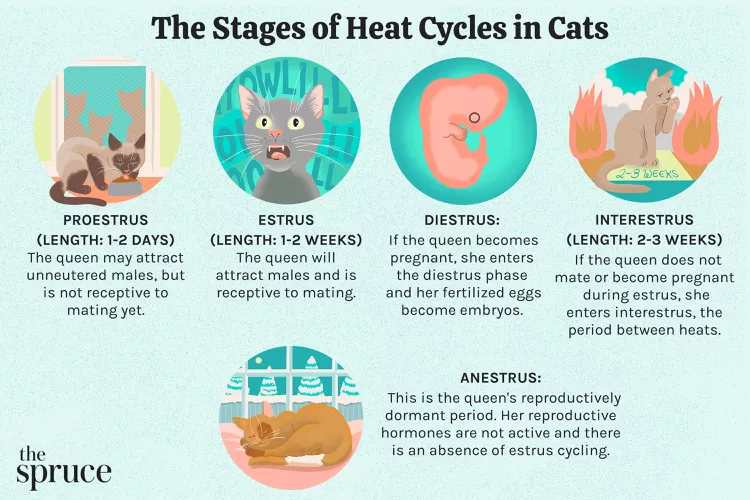
How Long Are Cats in Heat?
How long are cats in heat? Learn about the heat cycles of cats, also called estrus, as well as the reasons you should spay your cat.
Can Dogs Eat Raw Chicken Feet?
What are the potential health benefits of chicken feet for dogs? What are the risks?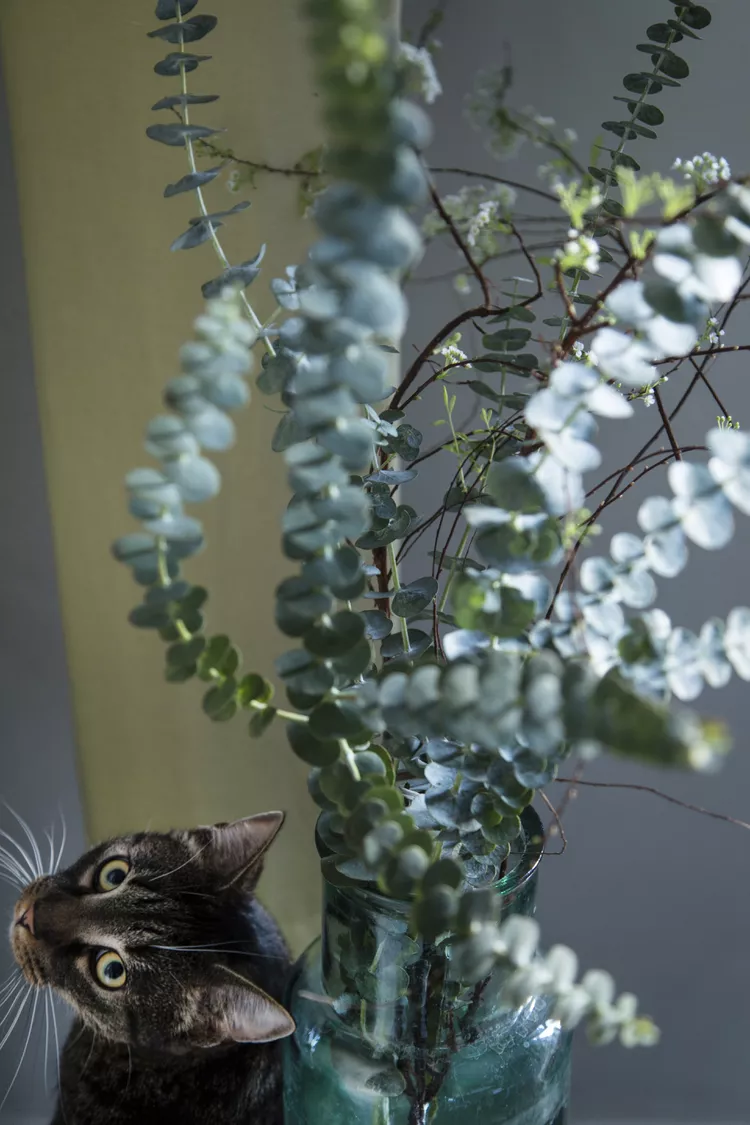
Is Eucalyptus Safe for Cats?
Many products containing eucalyptus are not safe for cats, and it is important to be aware of the risks to your cat.
What You Need to Know About Homemade Cat Food
If you want to cook for your cat, make sure to read about the risks associated with homemade diets for cats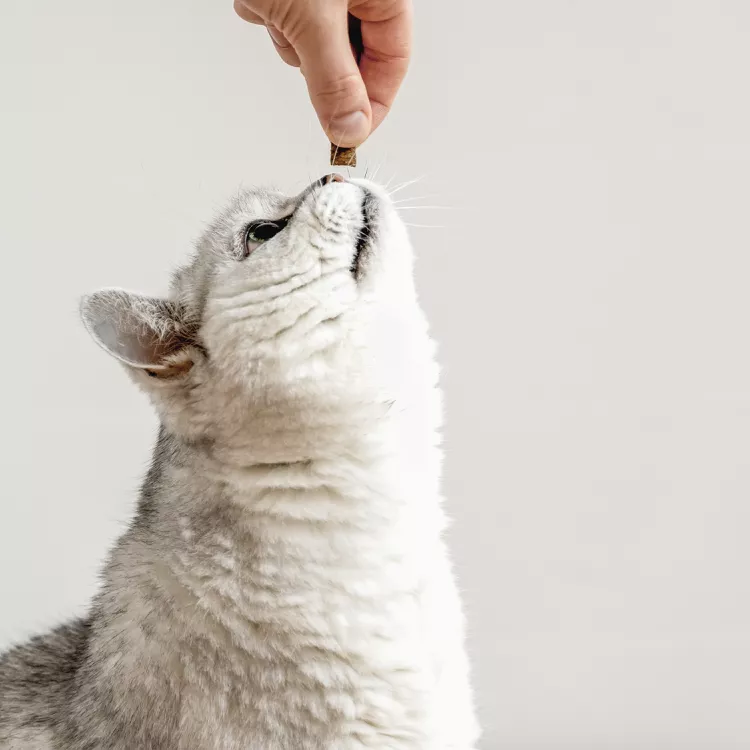
Can Cats Eat Peanut Butter?
Peanut butter is not toxic to cats, but it might not be the best choice of treat for them.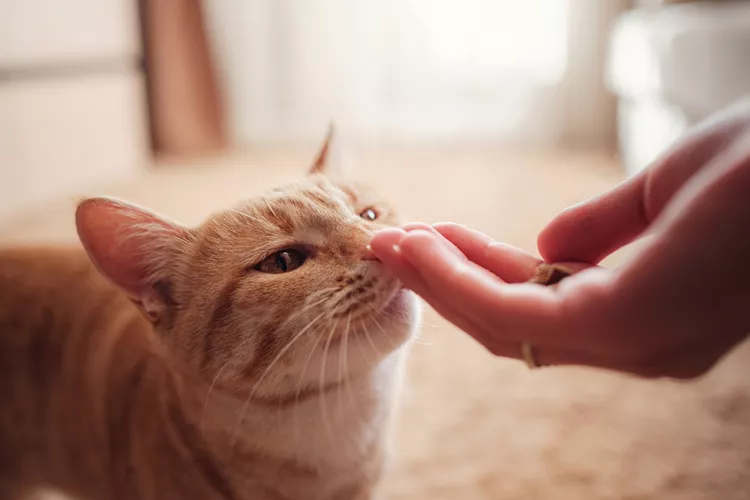
Can Cats Eat Cheese?
Can cats eat cheese? Is it healthy for them? How much can they eat and what should you do if you fear your cat has eaten too much cheese?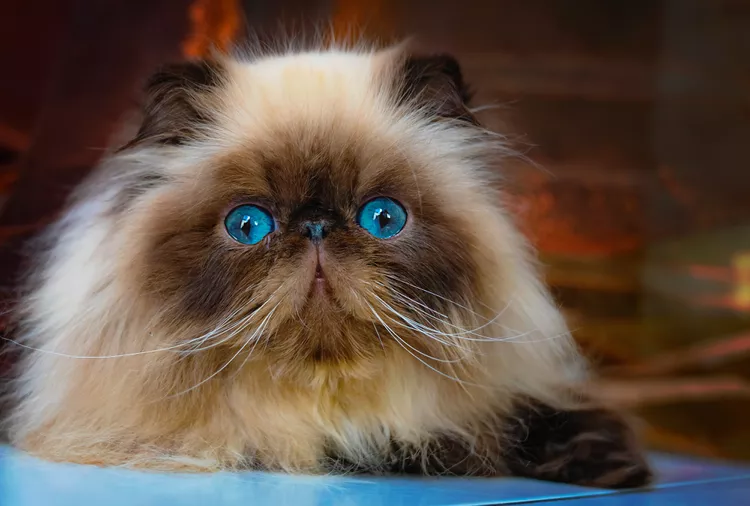
8 Flat-Faced Cats with the Cutest Smooshed Faces
These flat-faced cat breeds have a distinct and adorable appearance. Learn about their origins and traits, and the potential health risks tied to their unique facial structures.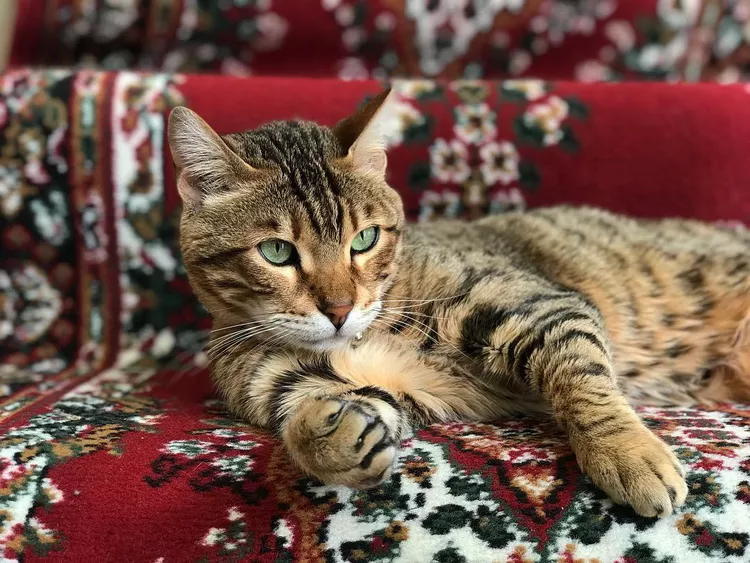
Pictures and Facts About Bengal Cats and Kittens
Bengal cats are a cross between wild cats and domestic cats. Learn more about what they look like and pictures of this beautiful spotted breed.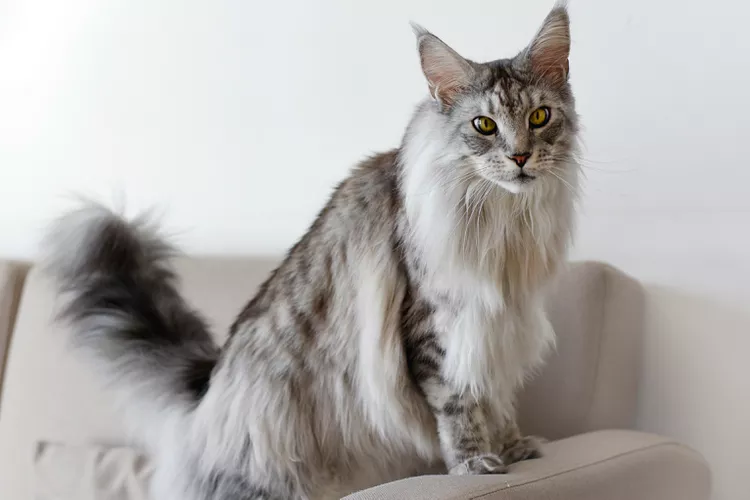
Top 10 Big House Cats
Larger cat breeds, like Maine coons and savannahs, deserve just as much love as their petite counterparts. These big house cats tip the scales.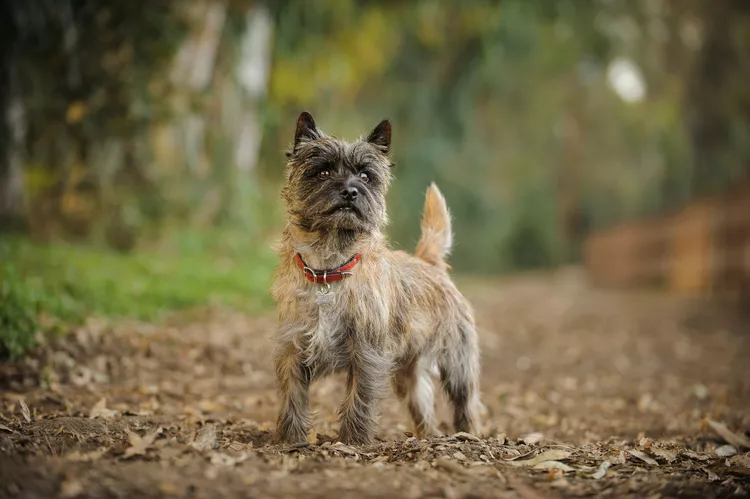
Cairn Terrier: Dog Breed Characteristics & Care
The cairn terrier is a spunky, affectionate, and intelligent dog from Scotland. The breed became famous when one played Toto in The Wizard of Oz. Learn about the temperament, history, health, and care needs of the cairn terrier dog breed.
Reasons Why Dogs Grind Their Teeth
Some dogs grind their teeth. Learn why dogs grind their teeth and if it can be harmful. Find out what to do about teeth grinding in dogs.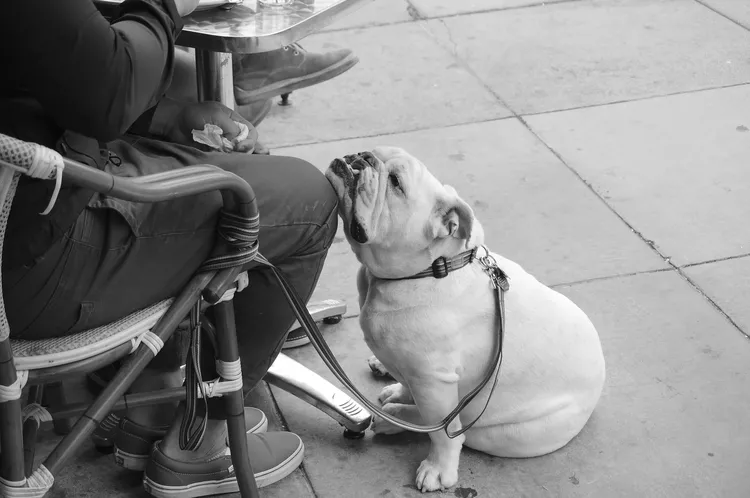
This Is Why Some Dogs Lean on People
Certain dogs really love leaning on their humans. What does this mean? Find out why dogs lean on people and if this is ever a problem.
Can Dogs Get Depression? How to Help Your Sad Dog
Can dogs get depression? Learn about the signs of depression in dogs and find out how to help your sad dog.